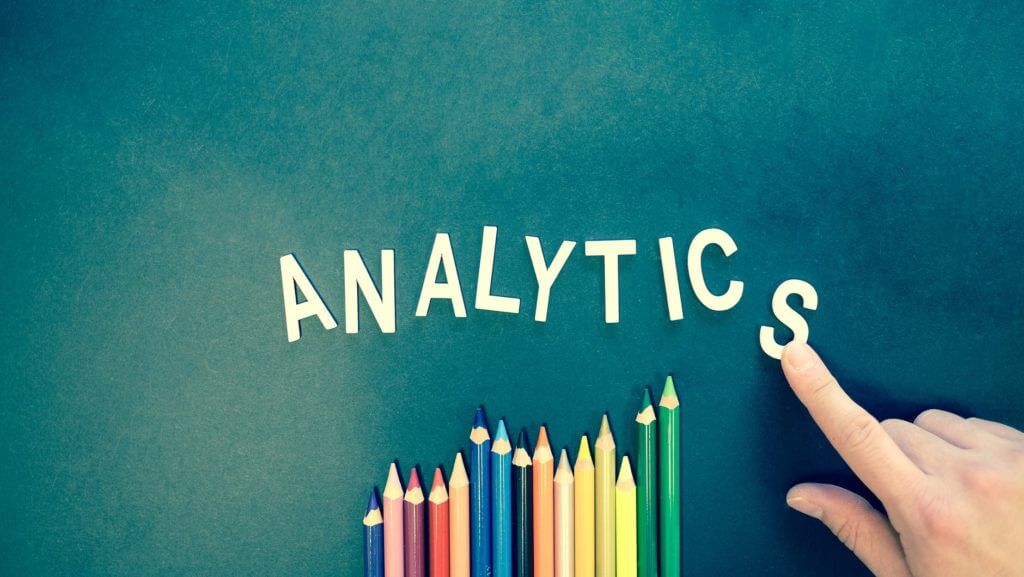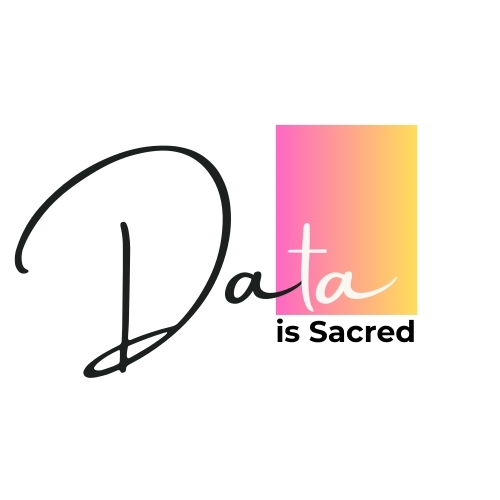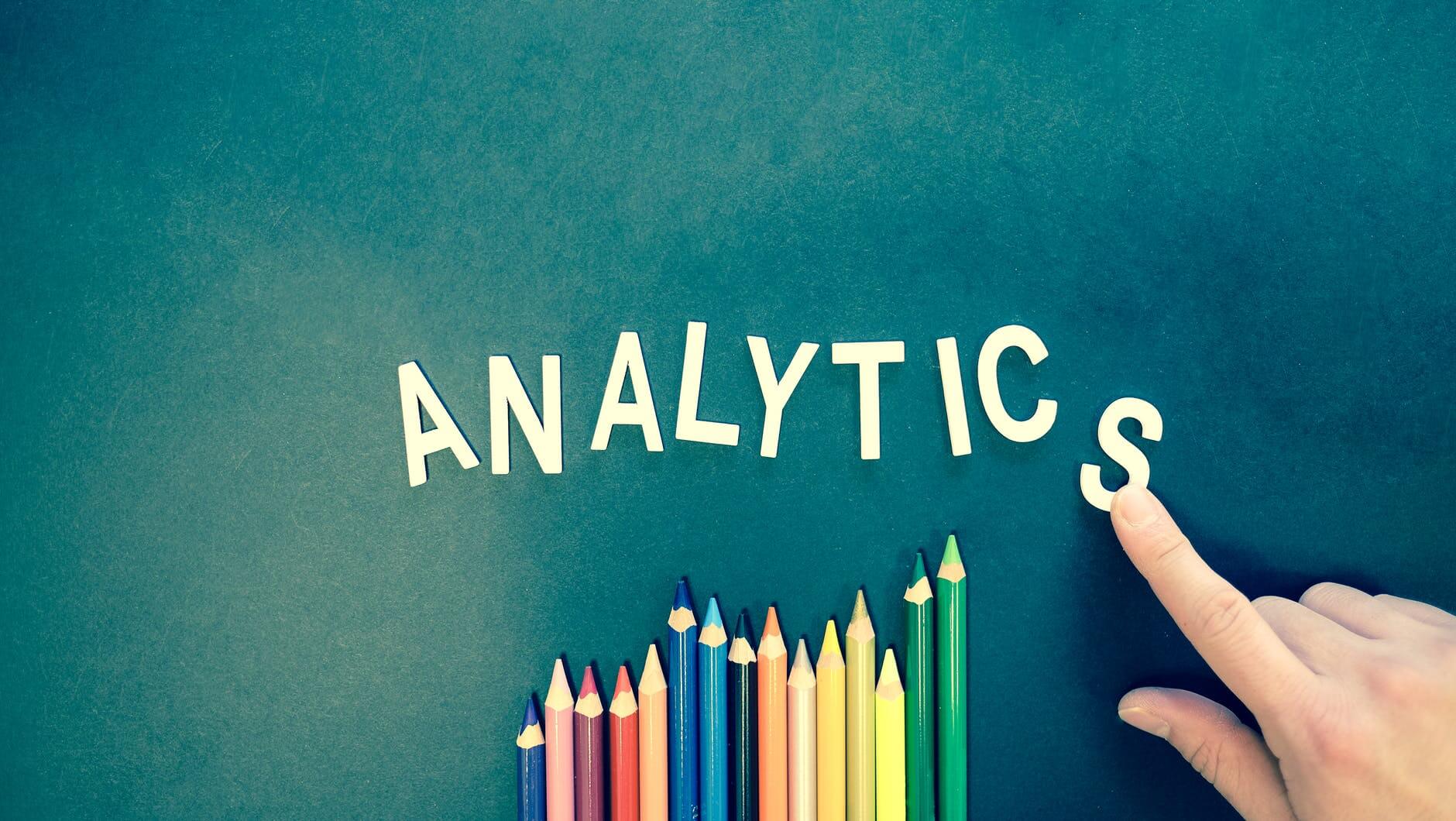What are the different types of Analytics?
There is a lot actually- data analytics, market analytics, demand-side analytics, creative analytics, digital analytics, time-based analytics… We are just getting started and it gets a little confusing trying to understand all of the types. I will touch briefly on the common definitions of these various types of analytics and what they can do for your business, and then dive in to the focus of this post, business intelligence and web analytics.

Data analytics covers the broadest scope, including everything from time-to-market as it applies to customer relationship management (CRM) to understanding consumer sentiment and what makes people tick. The problem is that much of the data analytics that are done today have a mixed bag of results. While some things are studied very well, there are also many exceptions to the rule, which makes forecasting and strategizing tough. This is where descriptive analytics comes in. Descriptive analytics falls into the domain of “business intelligence” and it studies business behavior to forecast future business opportunities.
Another type of analytics involves modeling business intelligence. Unlike data analytics that pertain strictly to data, BI falls into the realm of understanding how certain patterns in behavior relates to understanding the future. It also involves trying to predict the future based on past behavior. Again, while it’s not necessarily the same thing, the two are very closely related.

Web analytics is just one more common name for business intelligence and predictive analytics. It refers to anything that utilizes data to make business decisions, particularly with web-based applications. Web applications are typically those using web technologies such as HTML, Java, PHP, and others. They include blogs, e-commerce systems, shopping carts, and others. Web analytics software can be used to track user behavior, which is basically what web analysis is: determining how users behave on a site, and using this knowledge to better serve them.
This is basically the definition of prescriptive analytics. It is an important branch of business intelligence as it provides information that can help managers make better informed decisions. The main difference between prescriptive analytics and predictive modeling is the focus. Prescriptive analytics aims to provide managers with cold hard facts, whereas predictive analytics is more of a research tool.
Conclusion:
It’s important to understand the differences between these types of analytics. In the end, business intelligence and business analytics are just two different ways to analyze large sets of data. Their differences should be clear to most people, as both require the gathering and analyzing of data to produce knowledge that can be used by executives and managers. BI and analytics vs. prescriptive analytics would really come down to the need for the data to be processed quickly and efficiently. And the ability of business intelligence and business analytics to provide managers and executives with the information they need to make strategically and economically beneficial decisions for their companies.


